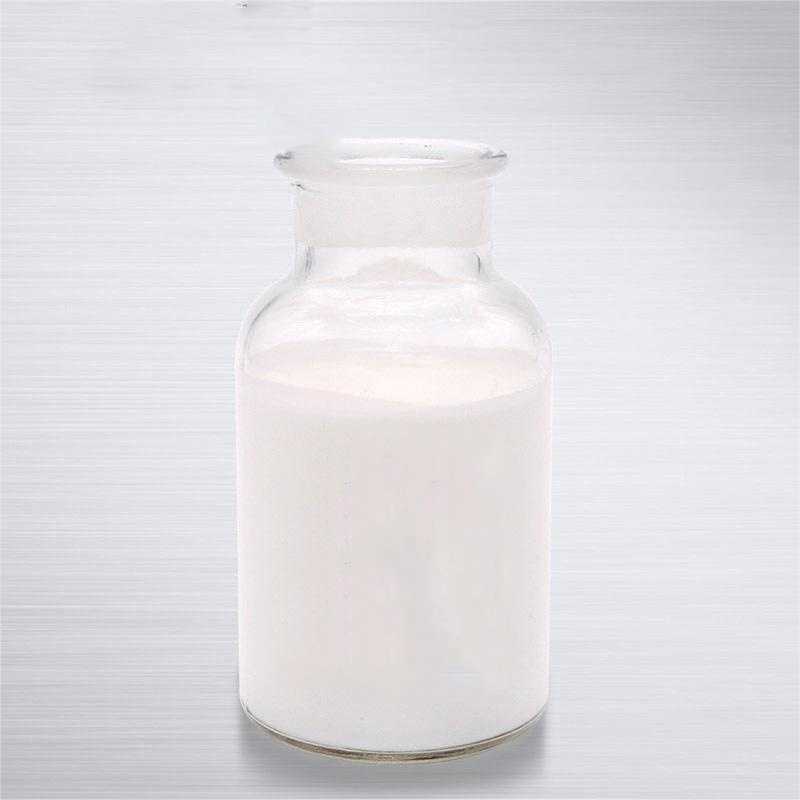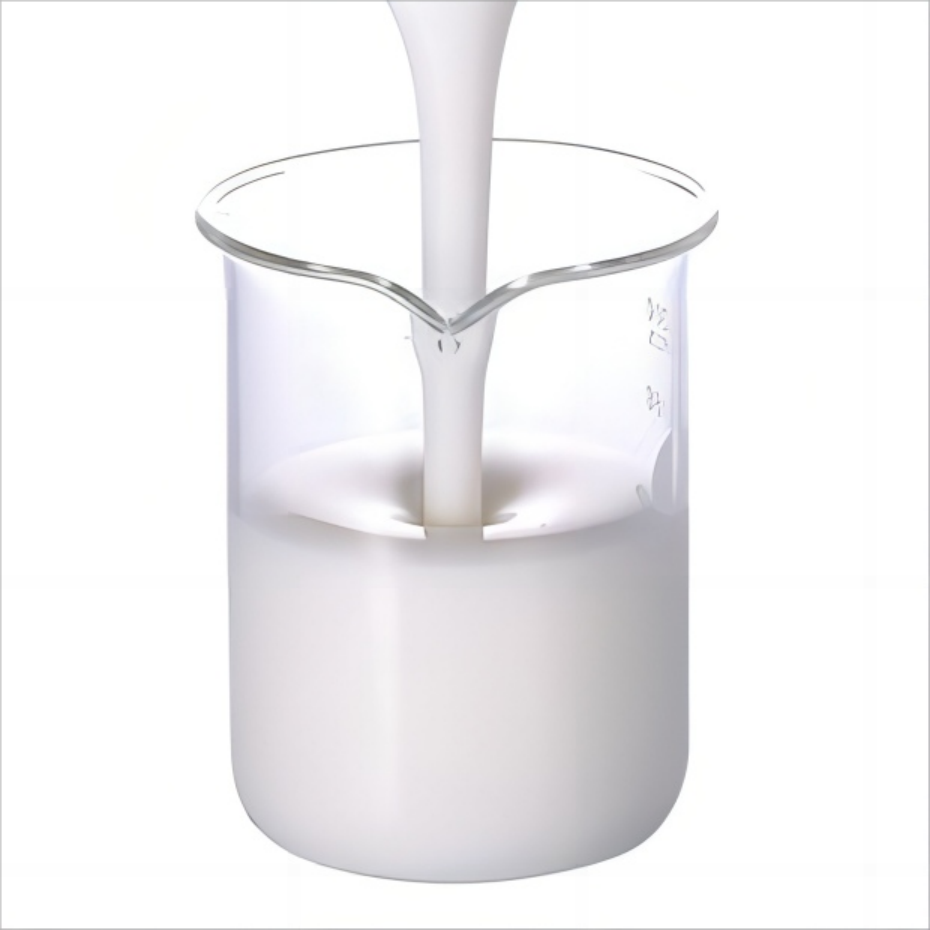
Privacy statement: Your privacy is very important to Us. Our company promises not to disclose your personal information to any external company with out your explicit permission.
Water Treatment Chemicals.Defoaming Agents can be easily dispersed on the surface of aqueous solution, and can be automatically dispersed on the surface of the foam. They will take away the neighboring surface layer of a layer of aqueous solution, so that the liquid plastic film local softening, more than its critical thickness. The liquid plastic film ruptures and the foam bursts. Antifoam agent in the surface layer of aqueous solution outside the rapid diffusion of the liquid film, the finer the liquid film, the higher the rate of foam destruction, the stronger the actual emulsion breaking effect. Therefore, the emulsion breaking is not only easy to spread, but also the molecular structure of the absorbed antifoam agent replaces the molecular structure of the styrofoam, which produces a film with poor compressive strength. At the same time, throughout the spreading process, a portion of the aqueous solution on adjacent surfaces is taken away, promoting the softening of the film of foaming liquid, reducing credibility, and easy to destroy.

This type of excellent defoamer needs to have both emulsion-breaking and emulsion-breaking practical effects, in addition to that, it should not only destroy the foam quickly, but also should avoid producing foam for a long time. Whether the manufacturer's reason exceeds the critical micelle concentration of styrofoam (surface activator) in aqueous solution. Antifoam agent (usually organic chemical liquids), in addition to boiling water solution, it will dissolve, and then lose the role of unfolding on the surface, and make the defoamer's actual effect is greatly reduced. After a certain period of time, the antifoam agent slowly dissolves, and the actual effect of breaking the emulsion is relatively reduced.
Various components and functions of silicone antifoam agents(5) Thickeners and compounding agents: it improves the reliability and storage time of the defoamer, and the thickeners used are generally additives to avoid damage to the goods due to germs during storage. Commonly used complexes include fatty acids, hexylene glycol, etc.

The process of oil extraction also requires the addition of chemical additives, and Defoaming Agents are one of them. These employ additives that are mostly surfactants and have strong foaming properties.
With the major oilfields have entered the three oil recovery stage, a variety of Tertiary Oil Recovery Aids make the composition and physical properties of the oilfield recovery fluid has become more complex, thick oil, oil, gas and water three-phase separation problems are becoming more and more prominent, the oilfield emulsion breakers and antifoamer dosage remains high, so high-efficiency additives have become a hot spot in the research of thick oil.
E-mel kepada pembekal ini
August 28, 2024

Privacy statement: Your privacy is very important to Us. Our company promises not to disclose your personal information to any external company with out your explicit permission.

Fill in more information so that we can get in touch with you faster
Privacy statement: Your privacy is very important to Us. Our company promises not to disclose your personal information to any external company with out your explicit permission.